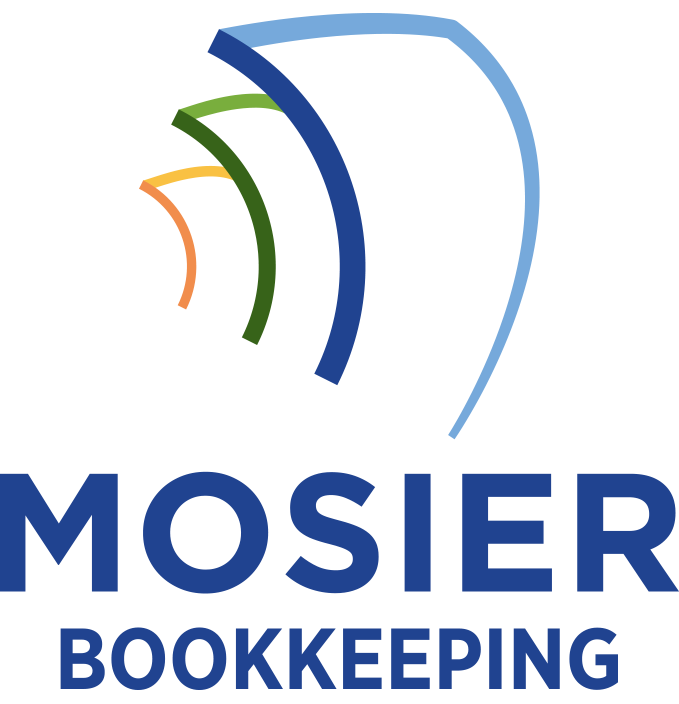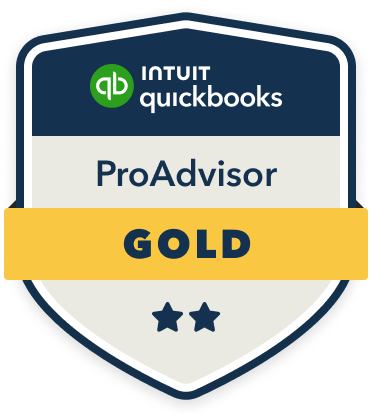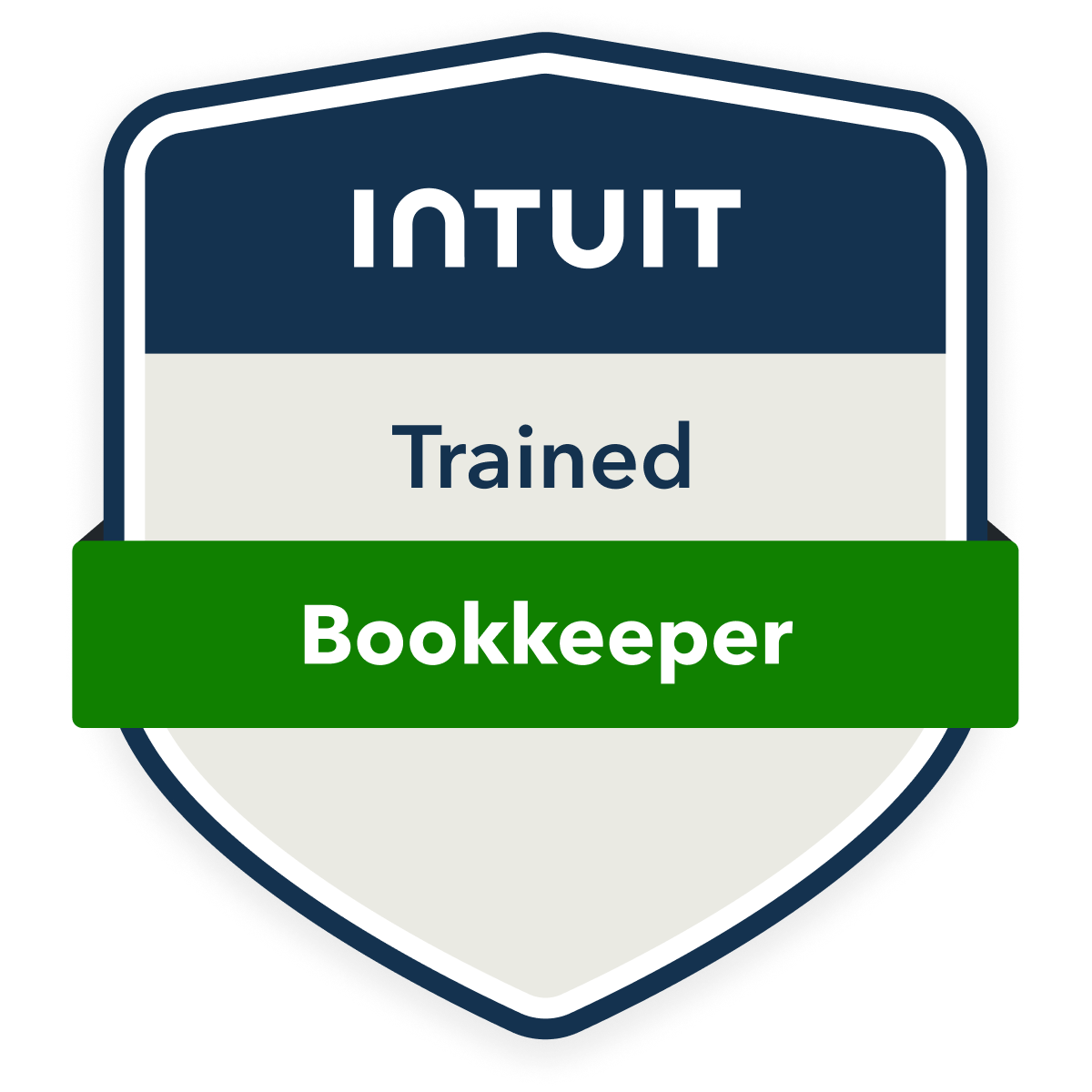To analyze social impact costs through bookkeeping, I’ll help you set up specialized accounts that track both direct program expenses and indirect overhead costs. You’ll need to implement standardized measurement frameworks like SROI and IRIS+ metrics, while creating distinct categories for program delivery, community engagement, and impact measurement. I integrate these with traditional financial accounts and use coding systems to differentiate between short-term and long-term initiatives. Let’s explore how you can transform qualitative outcomes into quantifiable data points for strategic decision-making.
Defining Key Social Impact Metrics and Costs

Social impact metrics consistently require precise quantification of both direct and indirect costs associated with an organization’s activities on society and the environment. I track employee welfare expenses, environmental compliance costs, community development investments, and sustainability program budgets as foundational metrics. I’ve found that categorizing social costs into measurable units lets me establish baseline data for ROI analysis.
To maximize impact assessment, I implement standardized measurement frameworks like SROI (Social Return on Investment) and IRIS+ metrics. This enables me to convert qualitative outcomes into quantifiable data points, giving me powerful insights for strategic decision-making and stakeholder reporting.
Setting Up a Social Impact Chart of Accounts
Precision forms the cornerstone of establishing a dedicated chart of accounts for tracking social impact activities. I recommend creating distinct account categories that capture both direct and indirect social impact costs. I’ll structure primary accounts for program delivery, community engagement, and impact measurement while setting up sub-accounts for granular tracking.
I establish specialized accounts for social return on investment (SROI) calculations, beneficiary tracking, and outcome measurement. By integrating these with traditional financial accounts, I guarantee thorough cost analysis. I’ll also implement specific coding systems to differentiate between short-term interventions and long-term social change initiatives.
Tracking Direct and Indirect Program Expenses
Building upon our structured chart of accounts, accurate expense tracking forms the foundation of social impact analysis. I’ll help you distinguish between direct costs (specific program expenses) and indirect costs (overhead, administrative) to maximize analytical power.
I categorize direct expenses like program staff salaries, supplies, and participant materials separately from indirect costs such as rent, utilities, and administrative support. I recommend setting up sub-accounts to track expenses by program, location, and funding source. This granular approach lets me calculate true program costs, measure return on investment, and make data-driven decisions about resource allocation.
Implementing Impact Measurement Systems
Effective impact measurement requires integrating key performance indicators (KPIs) into your organization’s daily operations. I’ve found that implementing a robust system demands three core components: data collection protocols, analysis frameworks, and reporting mechanisms.
| Impact Area | Measurement Tool | ROI Metric |
|---|---|---|
| Social Change | Outcome Mapping | Cost per Beneficiary |
| Environmental | Carbon Tracking | Emissions Reduction/$ |
| Economic | SROI Analysis | Value Created/$ Spent |
I recommend automating your data collection through specialized impact management software. This allows me to generate real-time insights and adjust strategies quickly. You’ll want to align your measurement framework with industry standards while customizing metrics to your specific mission.
Creating Meaningful Social Return Reports

When compiling social return reports, I integrate both quantitative metrics and qualitative narratives to demonstrate our organization’s impact to stakeholders. I structure these reports using SROI (Social Return on Investment) frameworks, calculating impact valuations through standardized methodologies.
I guarantee each report contains key performance indicators, impact multipliers, and attribution rates. By monetizing social outcomes, I translate intangible benefits into financial terms that resonate with investors and board members. I include case studies and beneficiary testimonials strategically, backing them with hard data to validate our interventions’ effectiveness.
This dual approach strengthens our position in impact investing circles.









